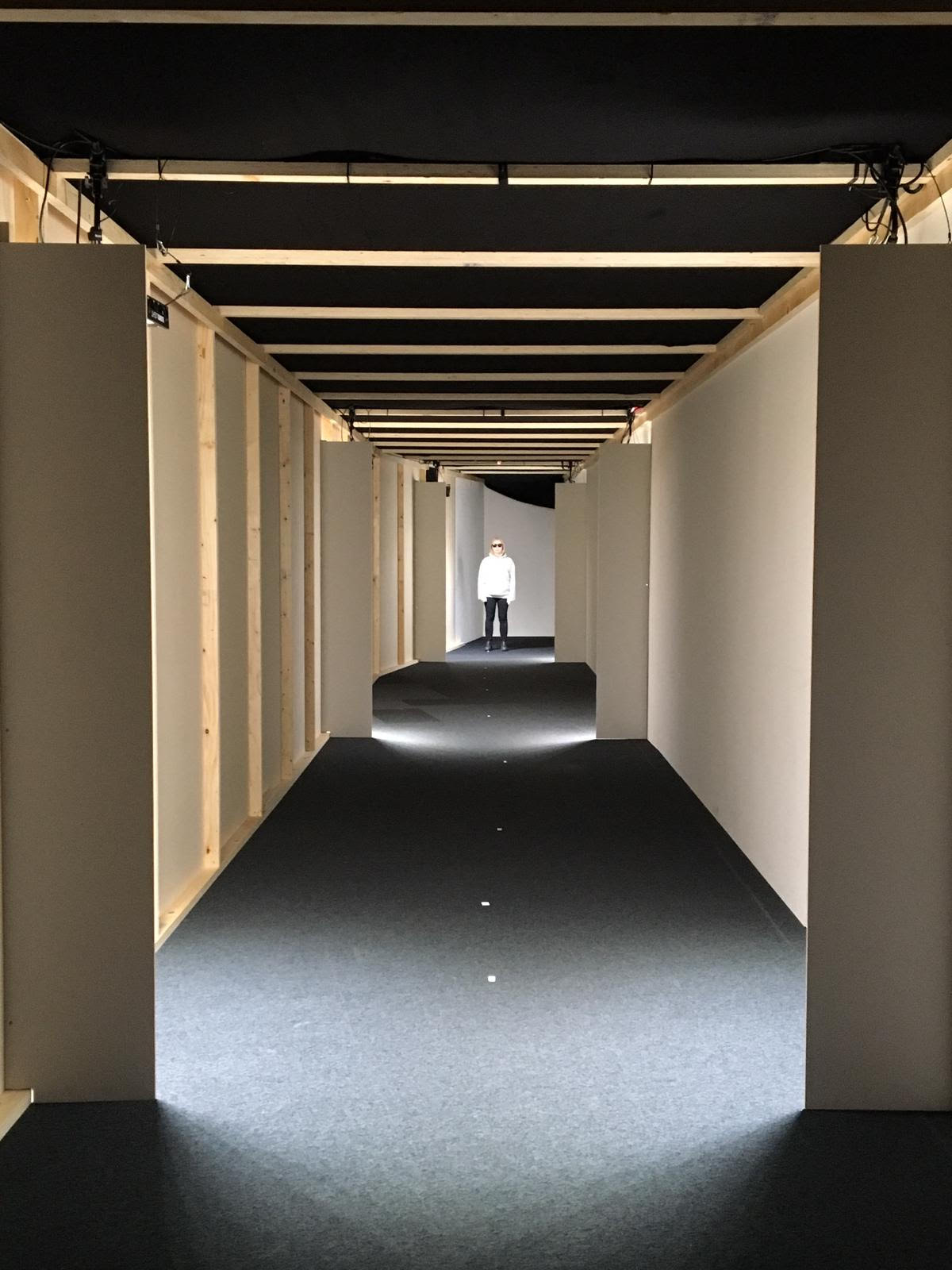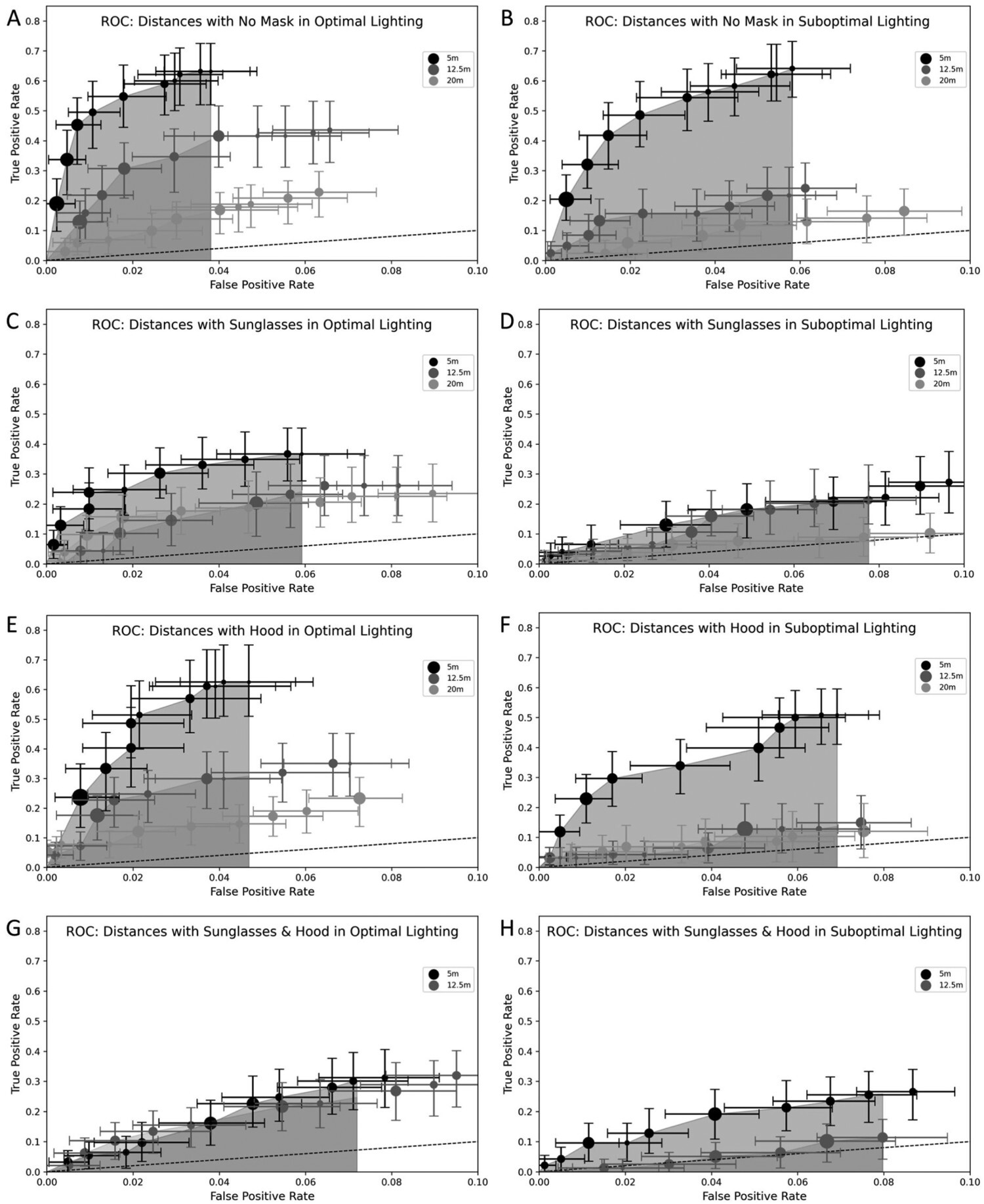
The ‘target’ stands 20m from the participant in ‘daylight’ lighting conditions, wearing a hoodie and sunglasses. Captured Fall 2018.
Any fan of crime dramas can surely recognize this iconic scene: the police lineup. A handful of individuals stand against a blank wall, and as dramatic music swells, the eyewitness is asked to pick out the perpetrator. In the real world, these testimonies can lead to convictions, and the consequences can be dire. But as it turns out our eyes — and memories — are often unreliable.
The Masked Villain, a study led by NYU Shanghai Assistant Professor of Practice in Psychology Thomas Nyman, examines the rates of successful identification of ‘perpetrators’. “The whole point of this [project] is to protect innocent people,” says Nyman. “We have clear information from the Innocence Project in the US and other cases around the globe, that of the people who have been convicted and later found to be innocent, approximately 70 percent have been imprisoned, at least partly, due to misidentification.” That is to say, because people have bad memories.
The question of how to protect innocent people was at the heart of The Masked Villain’s research design. The study used exclusively live subjects, calling on volunteers in attendance at the Finnish Science Centre Heureka. The volunteers had 20 seconds to observe the ‘criminal’ ’ and were then asked to identify them in an eight-person lineup. Distances, lighting conditions, and facial masking conditions were varied to understand how they affect identifications.
Participants observed the ‘criminals’ from a distance of either 5, 12.5, or 20 meters, in either daylight or twilight lighting conditions. In each scenario, the ‘criminals’ wore either a hoodie, sunglasses, a hoodie with sunglasses, or had no form of facial masking.
“A lot of [the design] had to do with what are real-life settings like. What do criminals actually do?” explains Nyman. “If it’s worse lighting you might think now is an optimal time to go out and commit a crime, because no one is going to see you.” Another way criminals might mask themselves is to use a hoodie, sunglasses or some combination of the two.Attention to duplicating real life conditions is evident throughout the study’s design. Over 1300 volunteers participated in the study, making it one of the largest live studies ever conducted. Crucially, the study’s large size means that its findings are generalizable and can be useful in real-life situations, such as a court case.

Figure 9 from The Masked Villain (2023) gives an overview of the study’s findings.
In the study, the team found that distance had a great effect on the participants’ later ability to recognize the subjects. As one might intuitively expect, identification is more difficult the farther away the target stands. Additionally, the study discovered that internal facial masking (i.e. sunglasses) made recognition challenging. However, external facial masking (i.e. a hoodie) did not.
Overall, with no facial masking, identification accuracy was around 69% at 5 meters and 17% at 20 meters. However, when the ‘criminal’ wore sunglasses in daylight conditions, identification accuracy fell to roughly 32% at 5 meters and 20% at 20 meters. In twilight conditions, when the ‘criminal’ wore sunglasses, accuracy fell still further to approximately 33% at 5 meters and 8% at 20 meters.
While the study has deepened scholars’ understanding of facial recognition and memory, “it’s the applied nature of this research question that is important,” says Nyman. Defense lawyers in a court case could use the findings to question the reliability of an eyewitness by arguing that identification accuracy is exceptionally low after having seen someone in poor viewing conditions. “If you can exclude unreliable identifications, it would mean that fewer innocent people will go to prison,” Nyman says. “And that’s what this whole project is about: trying to protect people.”
The Masked Villain is a collaboration from researchers across the globe. Professor Nyman worked with Professors Julia Korkman and Jan Antfolk from Åbo Akademi University (Finland), Professor Micheal Lampinen from University of Arkansas (USA), and Professor Pekka Santtila from NYU Shanghai (China) to complete the project. The study is part of a continued collaboration between these researchers as they continue to work on various projects related to eyewitness reliability. This includes a large-scale research project funded by the National Science Foundation to investigate the use of virtual reality to evaluate eyewitness accuracy. Professor Nyman is also currently working on using Artificial Intelligence to help optimize the creation of line-ups.


